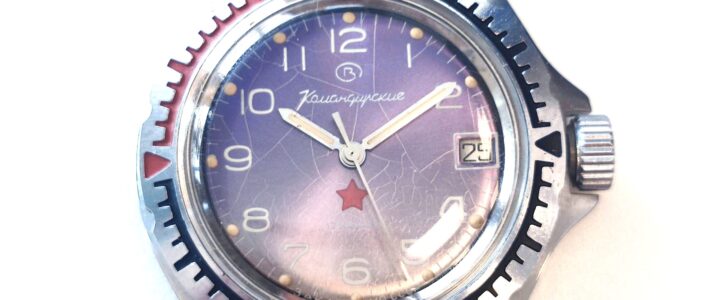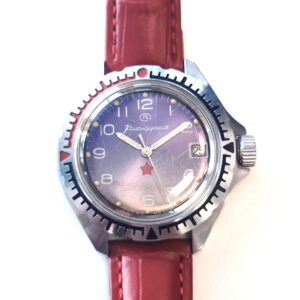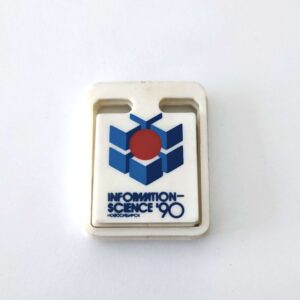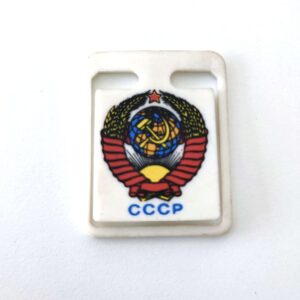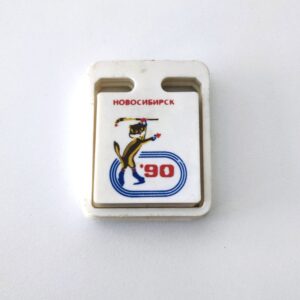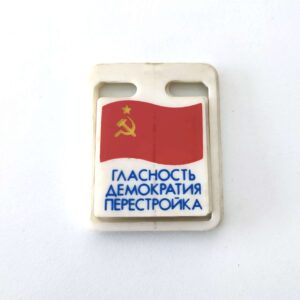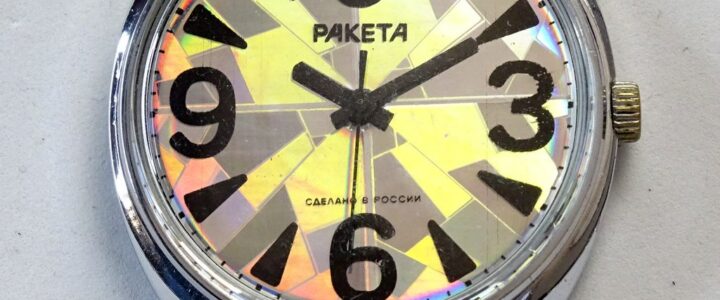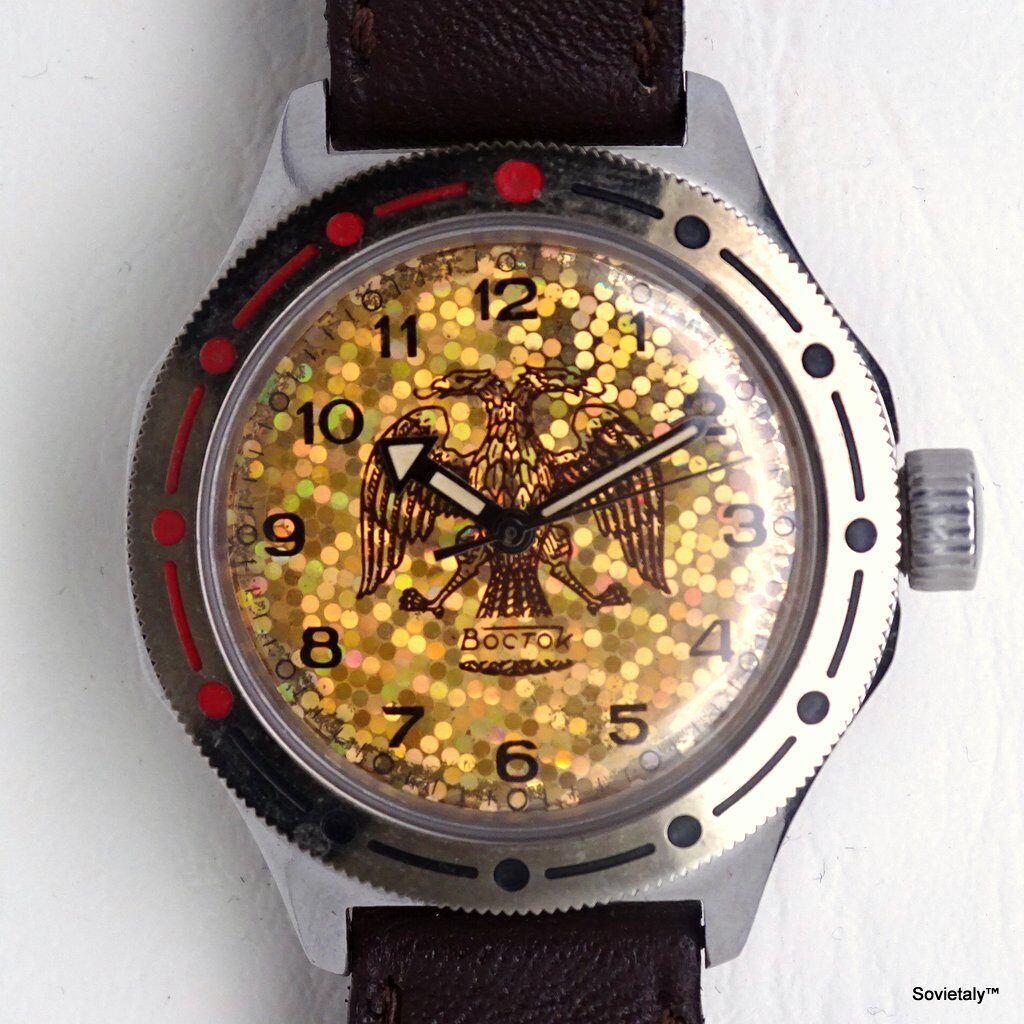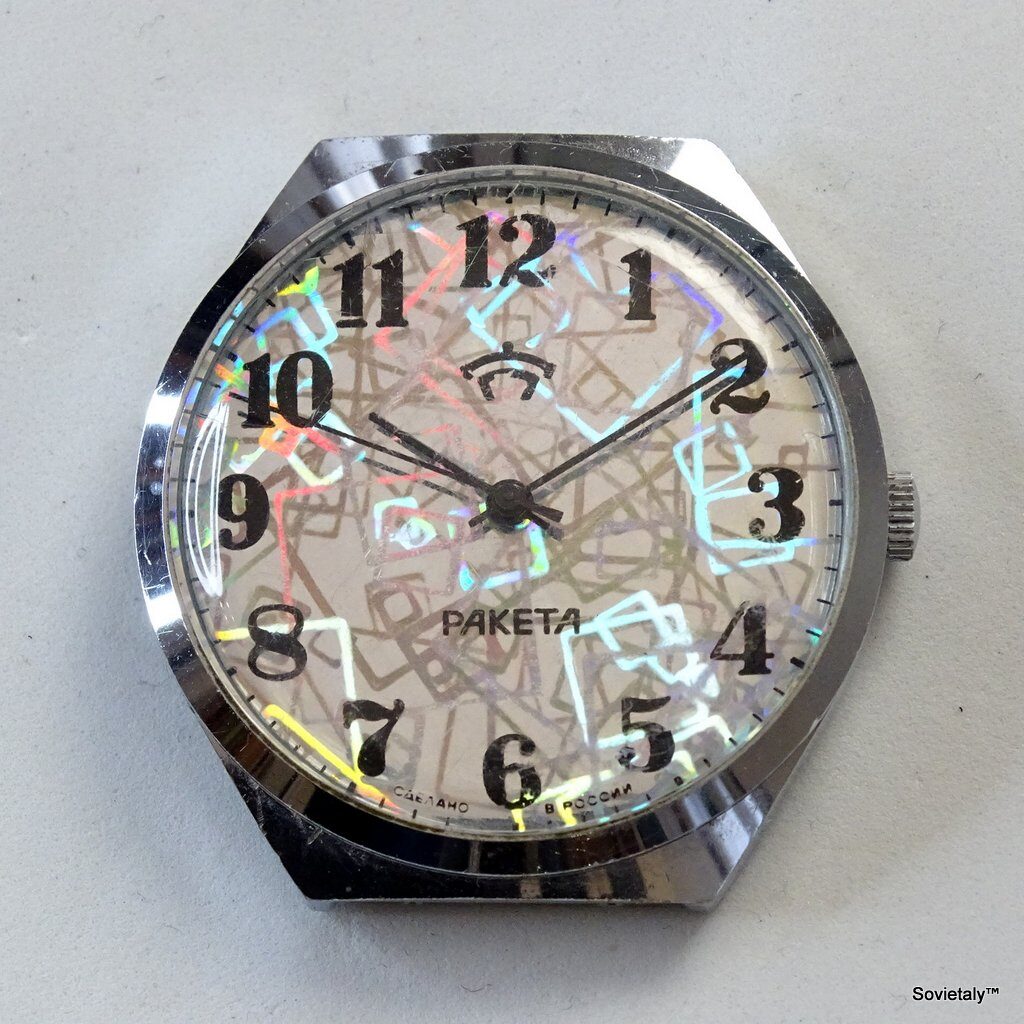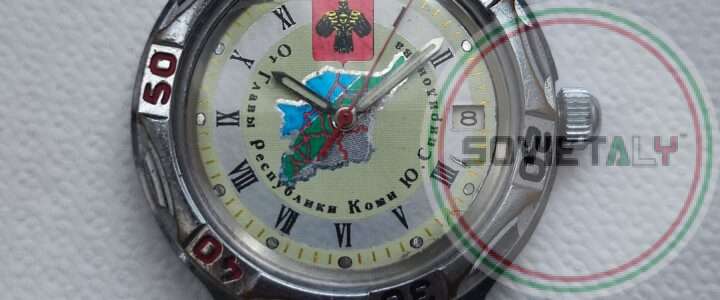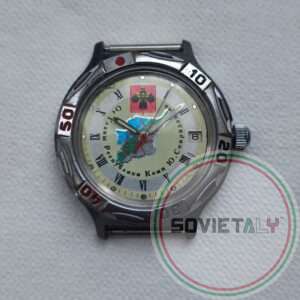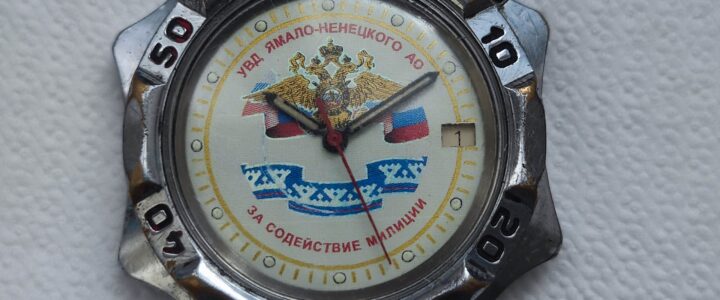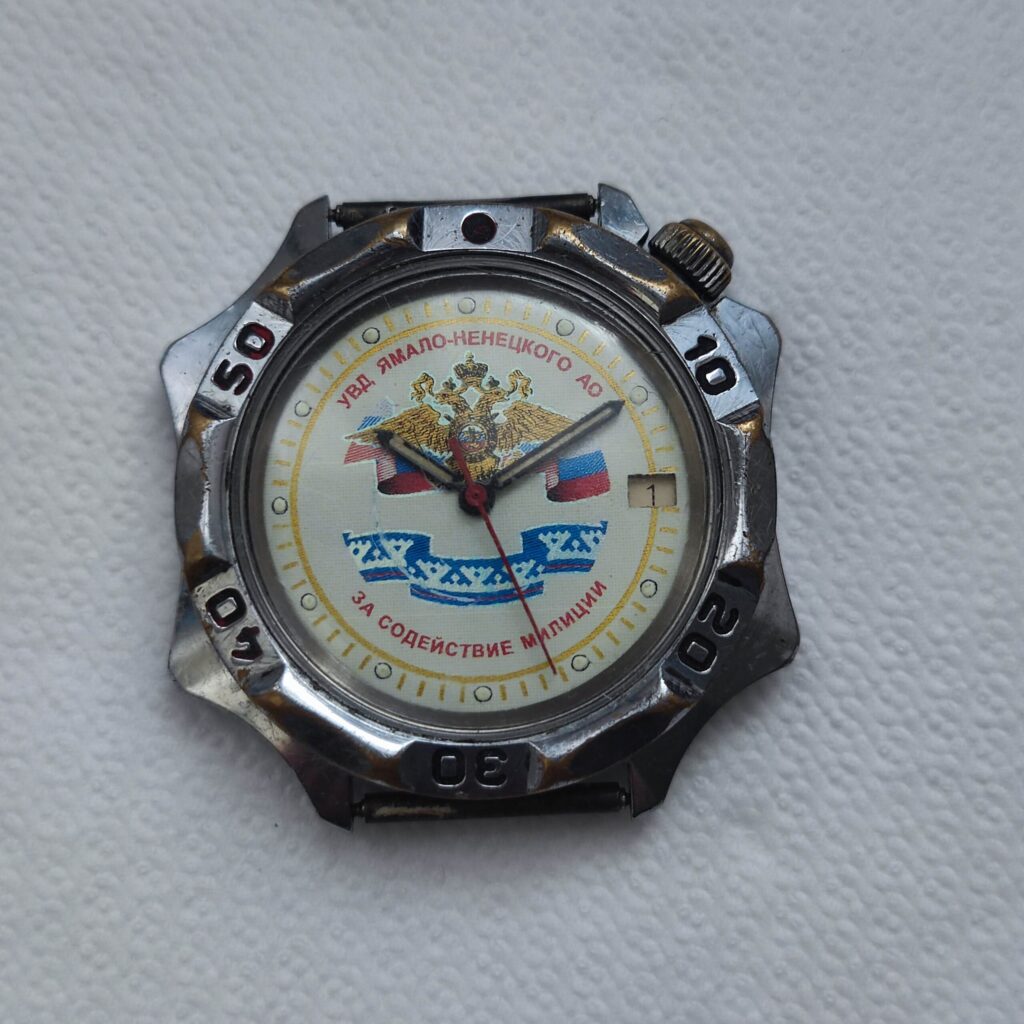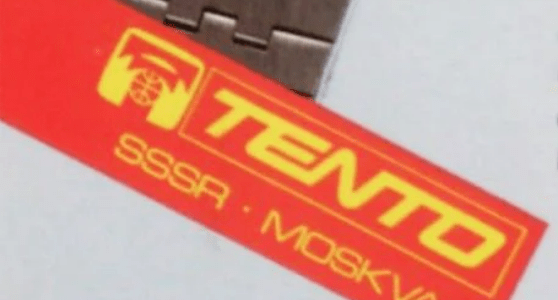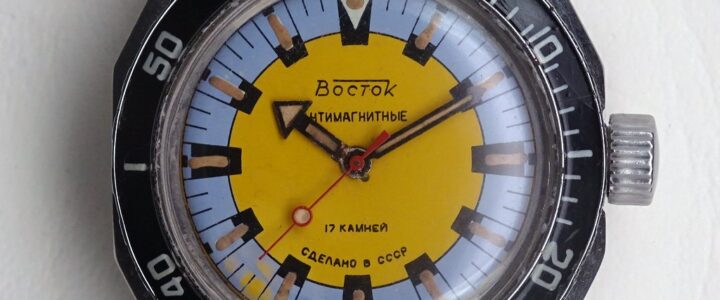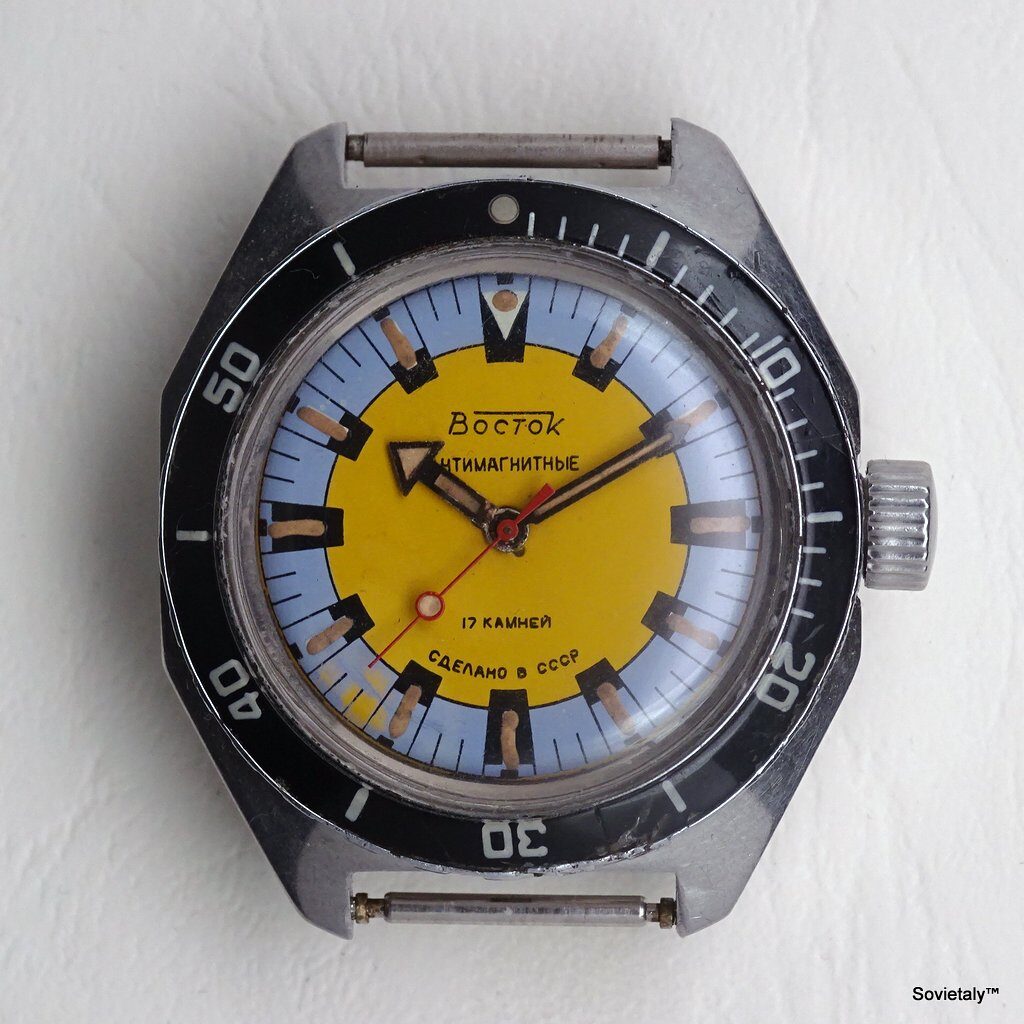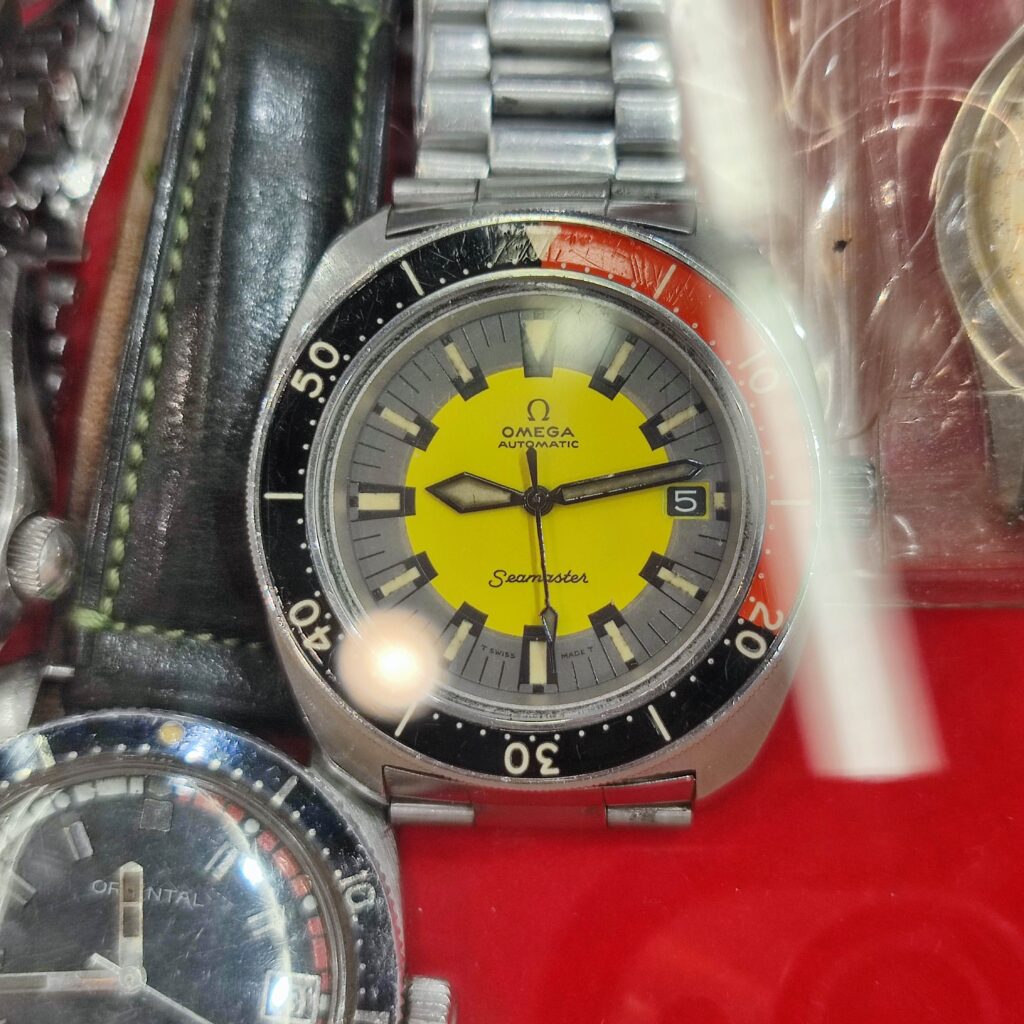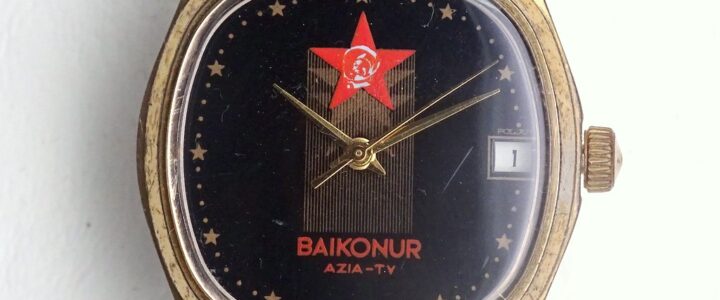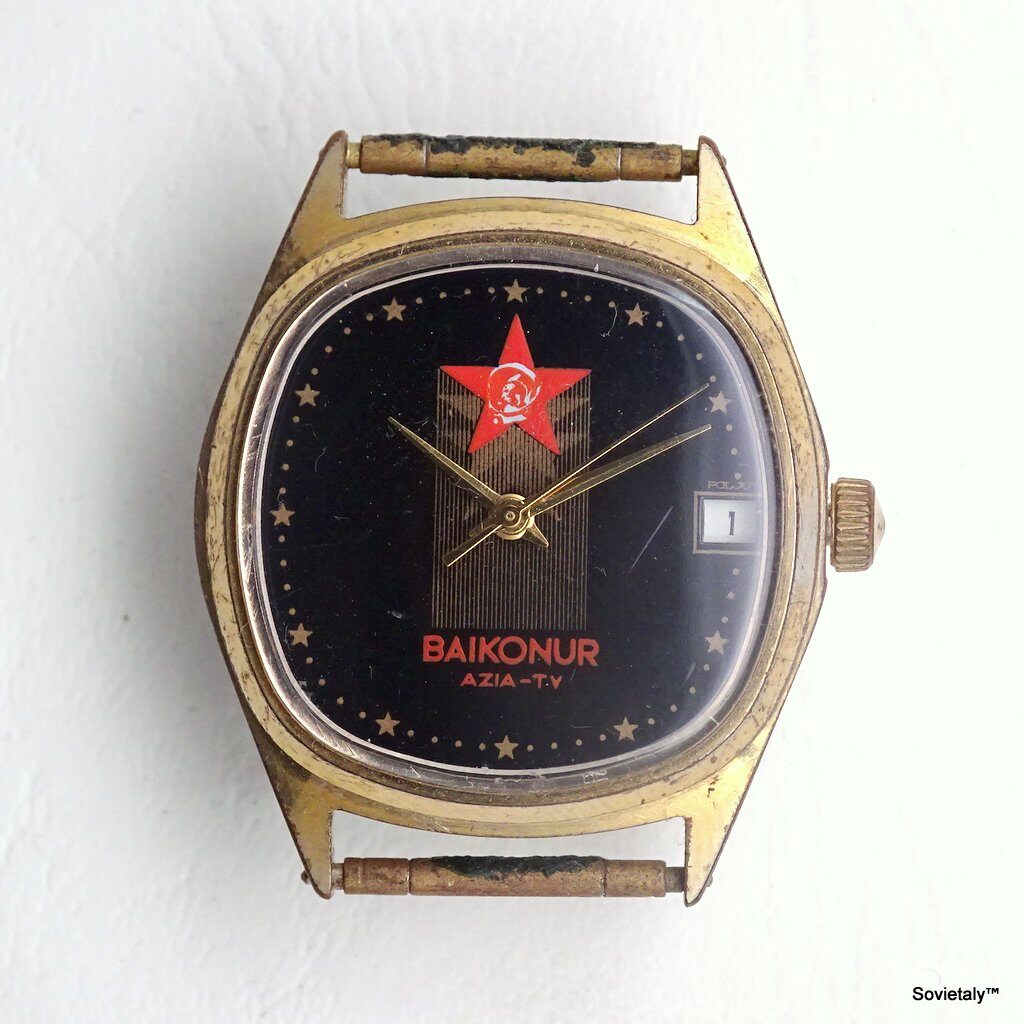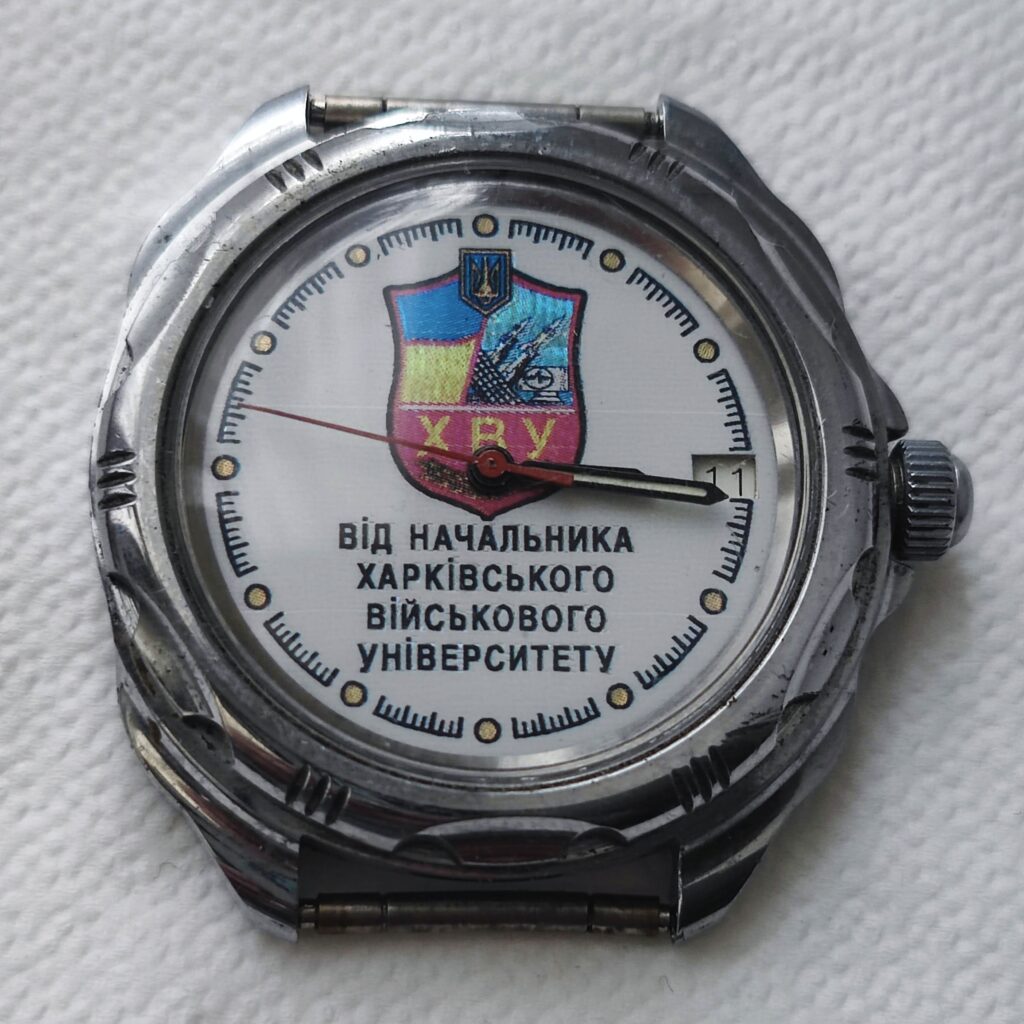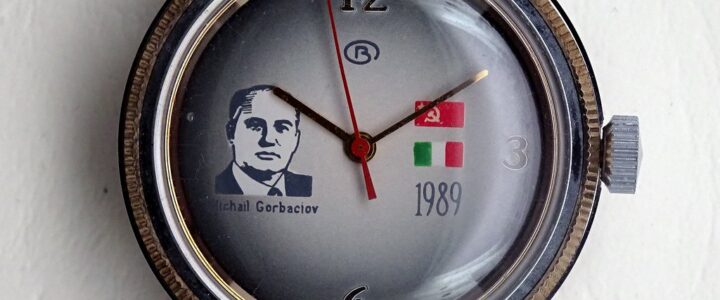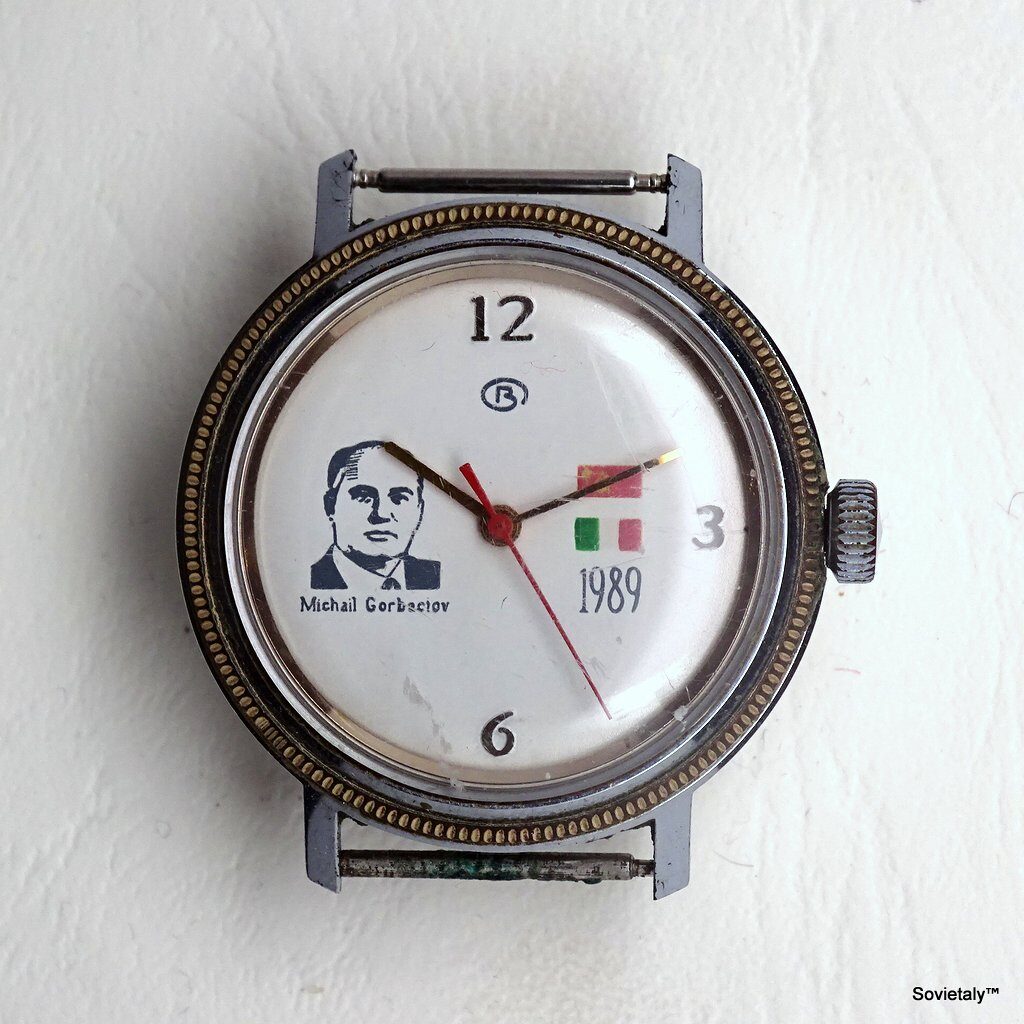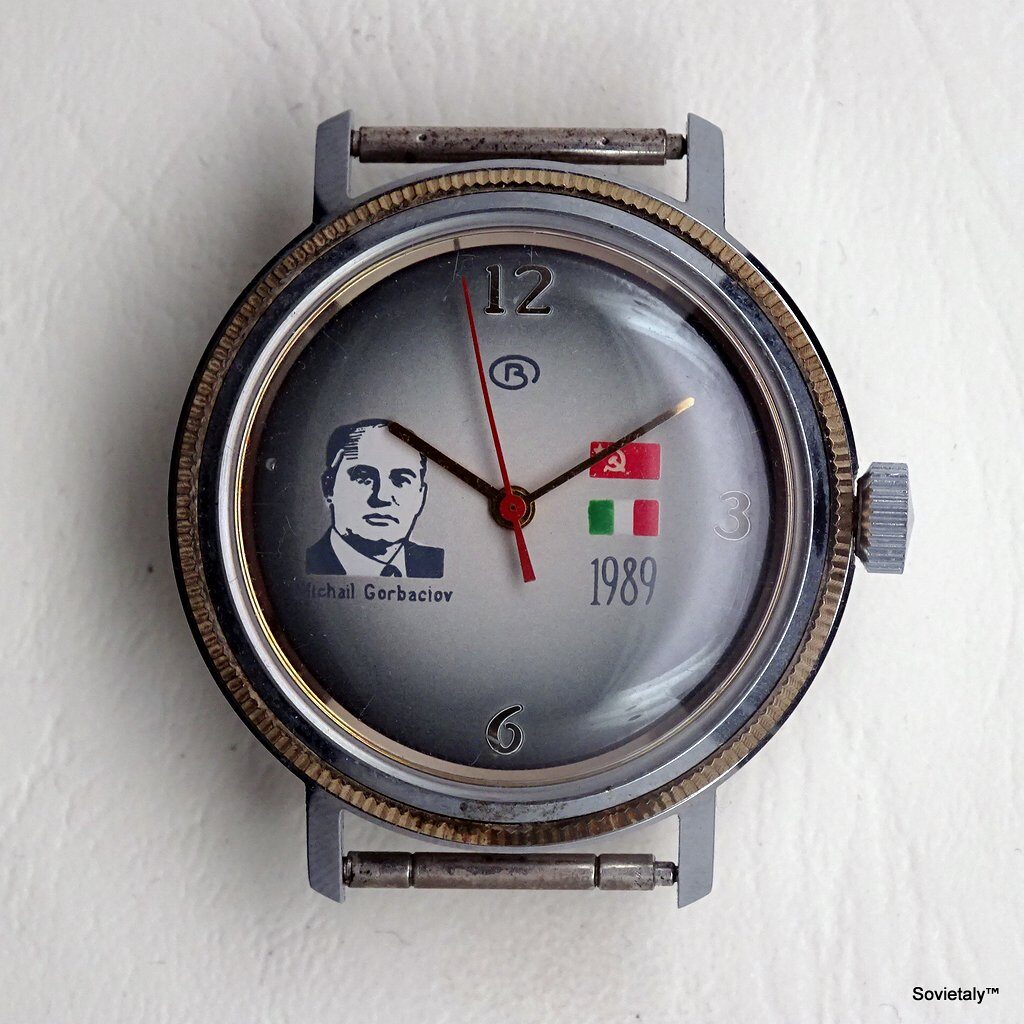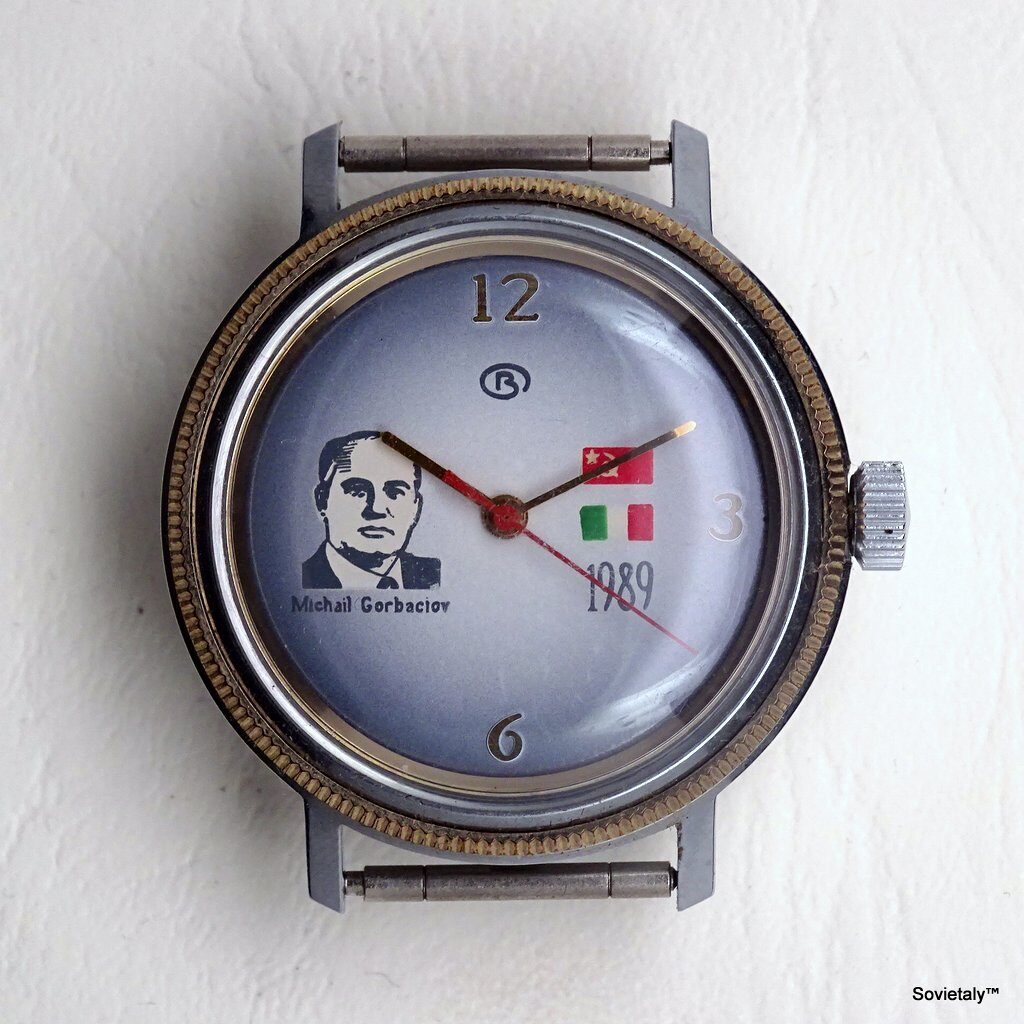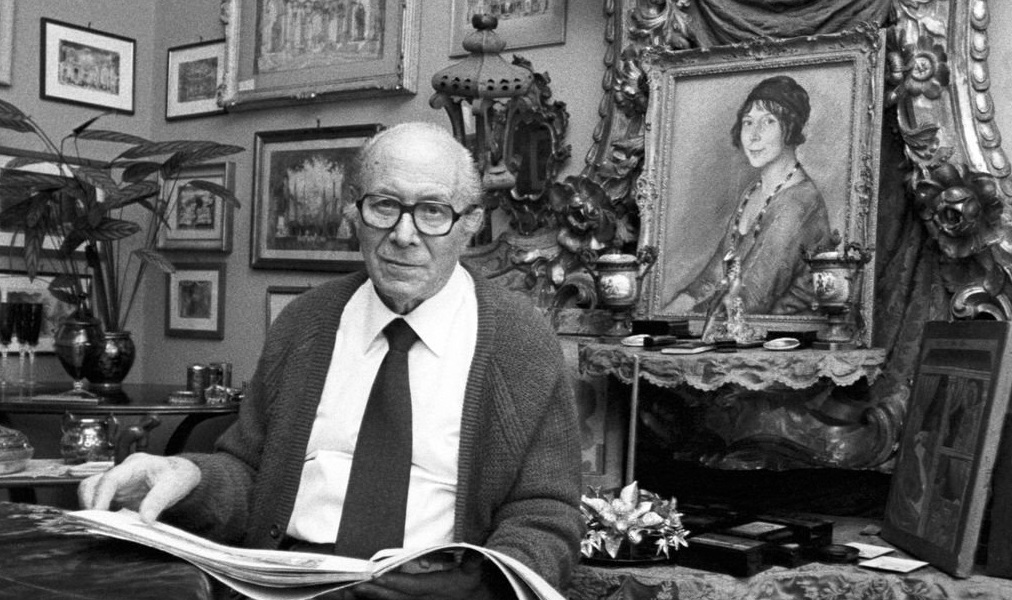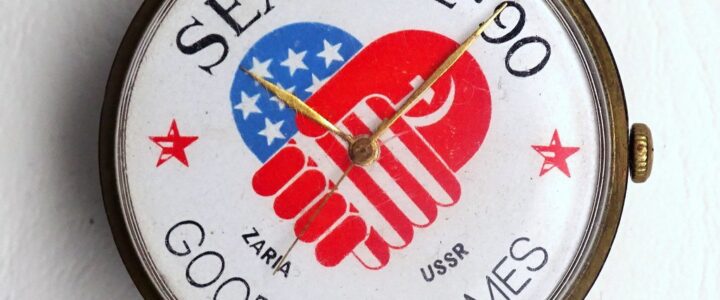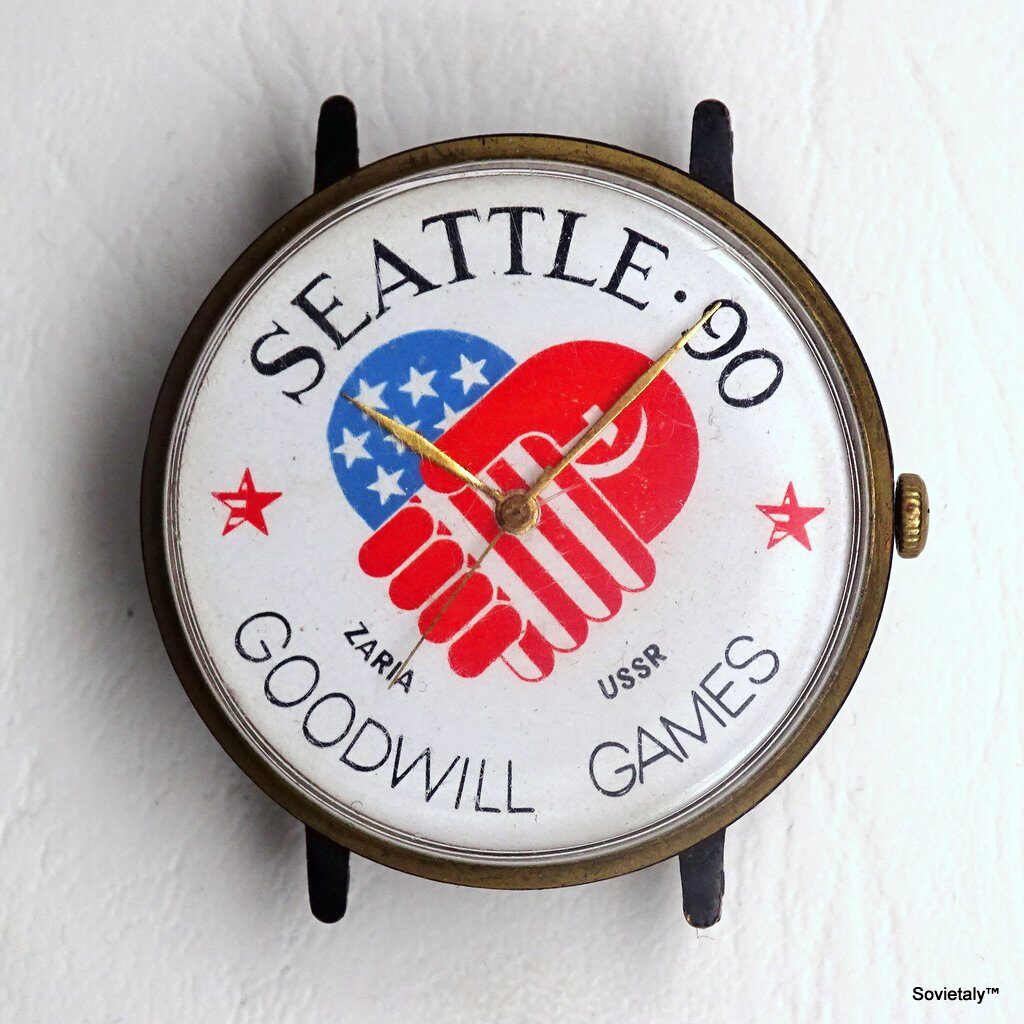Introduzione
La Polar Aviation, conosciuta anche come Polyarnaya Aviatsiya, era una divisione fondamentale dell’Aeroflot, la compagnia aerea di bandiera dell’Unione Sovietica. Fondata nel 1931, la Polar Aviation aveva il compito di gestire i voli e le operazioni di soccorso nelle regioni polari, sia nell’Artico che nell’Antartico. Questa divisione ha avuto un ruolo cruciale nello sviluppo delle rotte aeree polari e nel supporto logistico alle spedizioni scientifiche.
Storia e Fondazione
La Polar Aviation fu fondata nel 1931 sotto la direzione della Main Directorate of the North Seaside Path (Upravlenie Severnogo Morskogo Puti – SMP), poi rinominata in Glavnoye Upravlenie Severnogo Morskogo Puti (GUSMP). L’obiettivo principale di questa direzione era lo sviluppo dei vasti territori settentrionali e orientali dell’Unione Sovietica. Nel gennaio 1960, la direzione fu subordinata ad Aeroflot e rinominata in Glavnoye Upravlenie Grazhdanskogo Vozdushnogo Flota (Main Directorate of the Aerial Civil Fleet). Infine, nel 1970, la direzione della Polar Aviation fu dismessa e integrata completamente in Aeroflot.
Logo della Polar Aviation e Aeroflot
I loghi della Aeroflot sovietica e della Polar Aviation sovietica erano diversi e riflettevano le differenti operazioni e missioni all’interno della compagnia.
Logo Aeroflot Sovietico: Il logo dell’Aeroflot sovietica era noto per l’inclusione di un’ala e di un martello e falce incrociati. Questo simbolo rappresentava l’aviazione civile dell’Unione Sovietica e la sua connessione con l’ideologia comunista. Il design era semplice ma distintivo, con elementi stilizzati che rappresentavano sia il volo che l’industria socialista.

Logo Polar Aviation Sovietica: Il logo della Polar Aviation sovietica, che era una divisione specializzata dell’Aeroflot dedicata ai voli nelle regioni artiche, era diverso. Sebbene meno noto del logo principale dell’Aeroflot, includeva elementi che rappresentavano l’ambiente artico e le condizioni estreme in cui operava. Questo poteva includere immagini stilizzate di orsi polari, ghiaccio o altre rappresentazioni delle regioni polari.

Mentre entrambi facevano parte del vasto sistema dell’Aeroflot, i loghi servivano a distinguere le diverse operazioni all’interno della compagnia aerea.
Basi Operative
Le principali basi operative della Polar Aviation includevano:
- Capo Severny (Penisola dei Ciukci)
- Capo Chelyuskin
- Terra di Francesco Giuseppe
Queste basi erano fondamentali per l’organizzazione e il mantenimento dei voli regolari nelle regioni artiche. La loro ubicazione strategica permetteva la sistematica esplorazione del ghiaccio e il supporto logistico alle spedizioni scientifiche.
Piloti Famosi
Numerosi piloti eroici hanno prestato servizio nella Polar Aviation, tra cui:
- Ilya Mazuruk: Comandante di un Tupolev TB-3 modificato, famoso per la missione di salvataggio della stazione North Pole-1 nel 1937. Decorato come Eroe dell’Unione Sovietica per i suoi contributi.
- Mikhail Vodopyanov: Partecipò alla missione di salvataggio della spedizione del Chelyuskin nel 1934.
- Sigismund Levanevsky: Pilota di numerosi voli polari, incluso il tragico volo del “USSR H-209”, scomparso senza lasciare traccia.
- Valery Chkalov e Mikhail Gromov: Famosi per i loro voli record non-stop attraverso il Polo Nord fino agli Stati Uniti nel 1937.
Modifiche agli Aerei
Gli aerei utilizzati dalla Polar Aviation erano spesso modificati per adattarsi alle estreme condizioni polari. Alcuni dei principali velivoli e le loro modifiche includono:
- Tupolev TB-3: Modificato per trasportare materiali e personale in condizioni estreme. Utilizzato da Ilya Mazuruk durante la missione North Pole-1.
- Antonov An-2: Utilizzato nelle spedizioni antartiche, il primo atterraggio in Antartide fu effettuato da questo velivolo durante la prima spedizione antartica sovietica nel 1956.
- Dornier Do J Wal: Utilizzato per voli lungo la Rotta del Mare del Nord, modificato per atterraggi su ghiaccio e condizioni marine difficili.
Rotte Operative
Le principali rotte percorse dalla Polar Aviation includevano:
- Krasnoyarsk – Dudinka – Dikson
- Tyumen – Obdorsk
- Dudinka – Yakutsk – Baia di Tiksi
- Nyurba – Yakutsk
- Tura – Turukhansk
Queste rotte erano essenziali per collegare le aree più remote della Siberia e dell’Artico, fornendo supporto vitale per la ricerca scientifica e le operazioni di salvataggio.
Incidenti Significativi
Operare nelle regioni polari comportava numerosi rischi, e la Polar Aviation ha affrontato diversi incidenti significativi nel corso degli anni. Alcuni dei più rilevanti includono:
- Incidente del 1963: Un Antonov An-12 si schiantò durante una missione di rifornimento nell’Artico, causando la morte di tutto l’equipaggio.
- Incidente del 1972: Un Ilyushin Il-14T precipitò durante un volo di soccorso in Antartide, con la perdita di numerosi scienziati a bordo.
Eredità e Commemorazioni
Nonostante la sua chiusura nel 1960, la Polar Aviation continua ad essere ricordata attraverso vari oggetti commemorativi, tra cui orologi da polso che celebrano le coraggiose operazioni della divisione. Questi orologi, spesso decorati con il logo distintivo della Polar Aviation, sono molto apprezzati dai collezionisti per il loro valore storico e il loro design unico.
Conclusione
La Polar Aviation Sovietica ha svolto un ruolo fondamentale nello sviluppo delle operazioni aeree nelle regioni polari. Le basi strategiche, i piloti eroici, le modifiche agli aerei e le rotte operative hanno permesso alla divisione di operare in alcune delle condizioni più estreme del pianeta, contribuendo significativamente alla ricerca scientifica e alle operazioni di soccorso. Nonostante i numerosi incidenti e le difficoltà operative, la divisione ha lasciato un’eredità duratura che viene ancora celebrata oggi.
Fonti:

